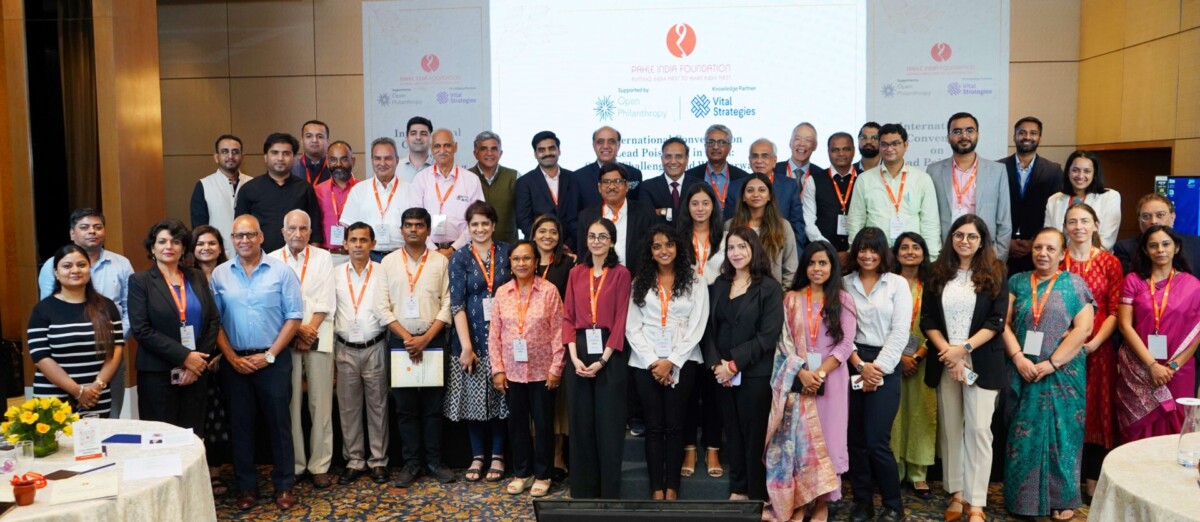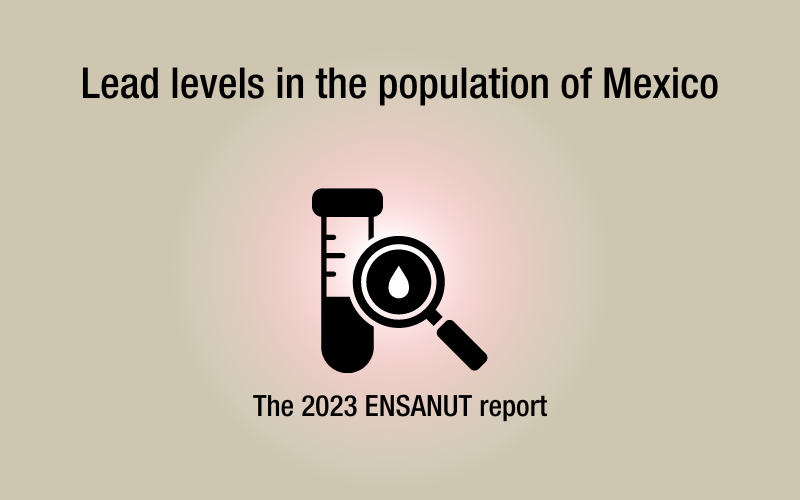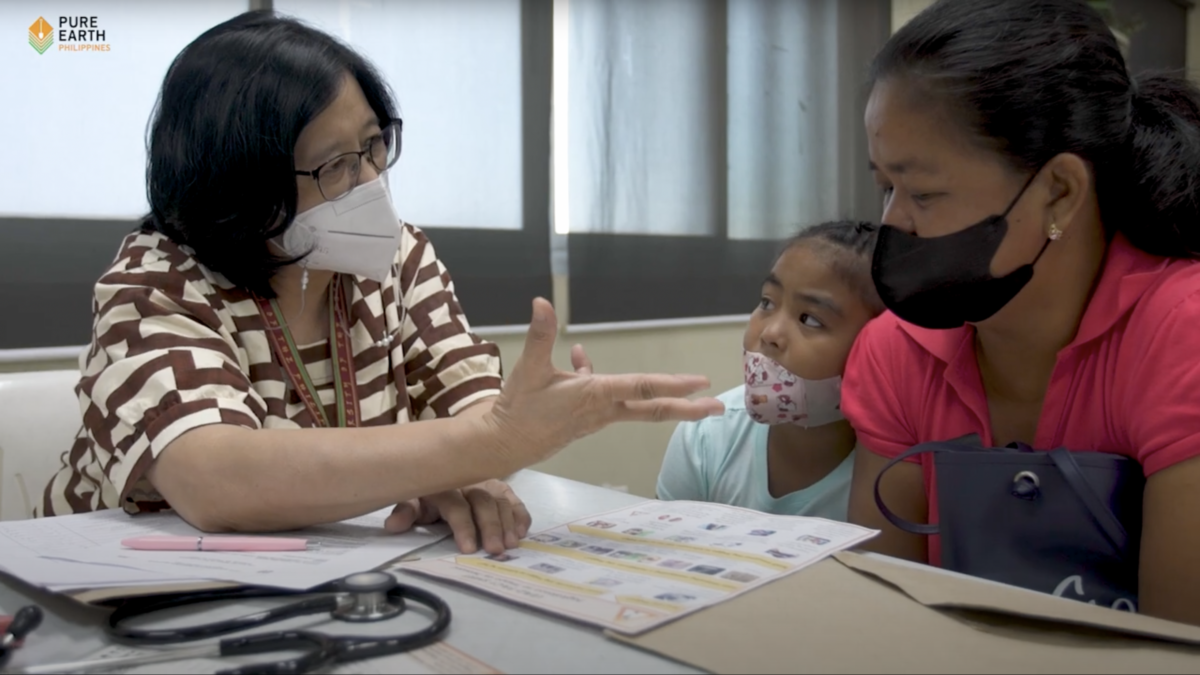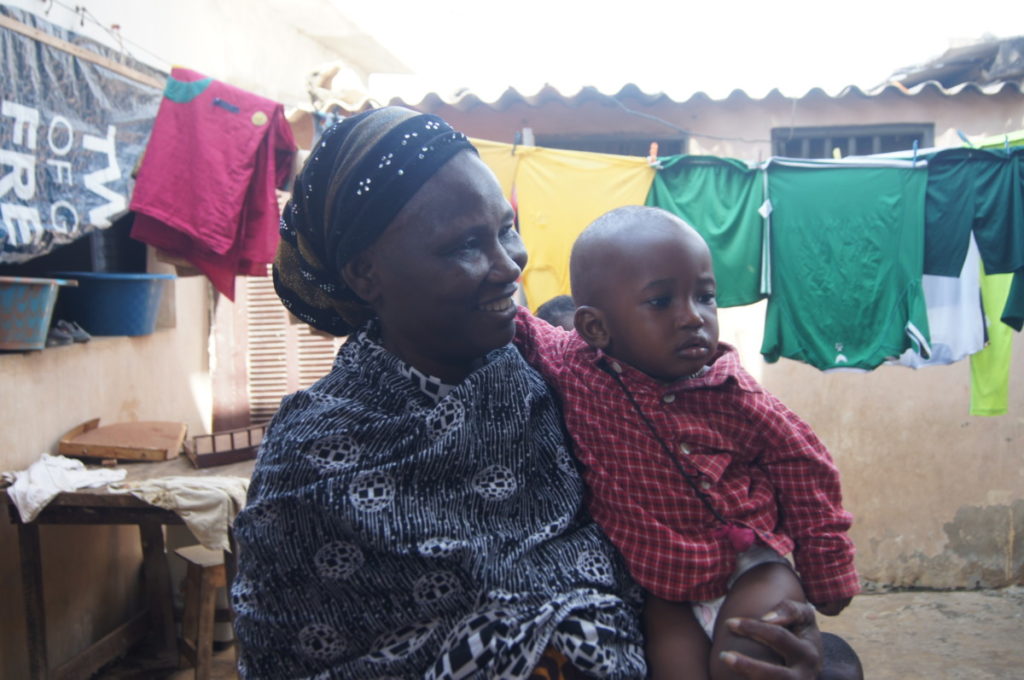
Seynabou had ten children, but lost five of them.
One by one, each of her five youngest children fell ill with the same symptoms — seizures and convulsions. One by one, they perished the same way, before the age of two. One by one, she buried them. After her fifth child died, Seynabou began to suspect that her job was the cause.
Seynabou lived in Ngagne Diaw, Thiaroye-sur-Mer, Senegal, where many families used to make a living recycling used lead-acid batteries by hand, breaking and burning the batteries to extract the lead. Many women would then sift the soil, which contained lead residue, in their homes to further extract valuable lead. It is a toxic, dangerous job.
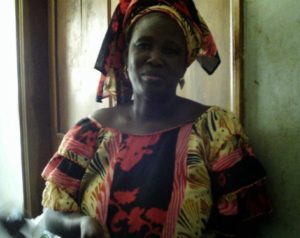
“We would go from one mechanic workshop to another one in a rental truck to buy the batteries,” recalled Seynabou. “We were well known.”
“Once we got back home, we would separate the parts, dump the acid on the ground, and melt the batteries.”
Her five older, surviving children were born before she started recycling batteries.
The five who perished were all born after she started her toxic job. She remembered that she breastfed her five youngest children while burning batteries.
The connection between her job extracting toxic lead and the children she lost was too great for her to ignore. But when she told others about her suspicions, no one in the community believed her.
Seynabou recalled that a neighbor once complained to the police about her burning batteries in front of his house. But when she explained that the job was the only way she could feed her family, the police officer allowed her to continue.
“It means the officer did not know how threatening my job was,” she noted.
But then, few knew.
“Pregnant or breastfeeding my babies, I never stopped recycling batteries,” she said. “I am still full of lead.”
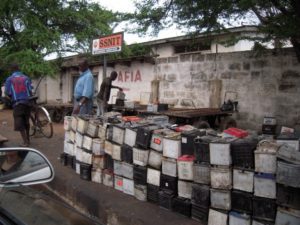
Toxic lead poisoning takes its toll slowly, and can go unnoticed for years. Children are the most vulnerable.
In Senegal, no one made the connection until 18 children died over the course of 6 months, in 2007 and 2008. These included Seynabou’s five toddlers. The true death toll could be much higher.
When Seynabou realized that lead poisoning from battery recycling was the cause of her children’s deaths, she stopped. Putting health above all else, everyone in the community stopped.
Seynabou’s story is one that has been repeated too many times. Seynabou was a member of the poisoned poor. The poisoned poor do dangerous jobs with few safeguards.
Often, they are not aware that their work is toxic and do not understand why their children are dying. Even if they are aware of the dangers, they often have little choice but to continue in their toxic jobs in order to feed their families, because the alternative would be starvation.
Used lead-acid batteries are plentiful. The recycling of used lead-acid batteries is one of those toxic jobs that poor families the world over rely on to feed their families. It takes place in backyards and homes in almost every country in low- and middle-income countries. It is the cause of some of the world’s worst pollution problems.
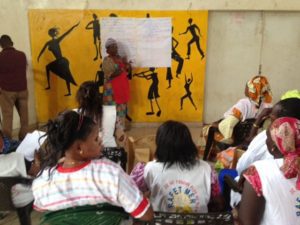
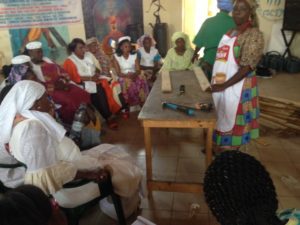
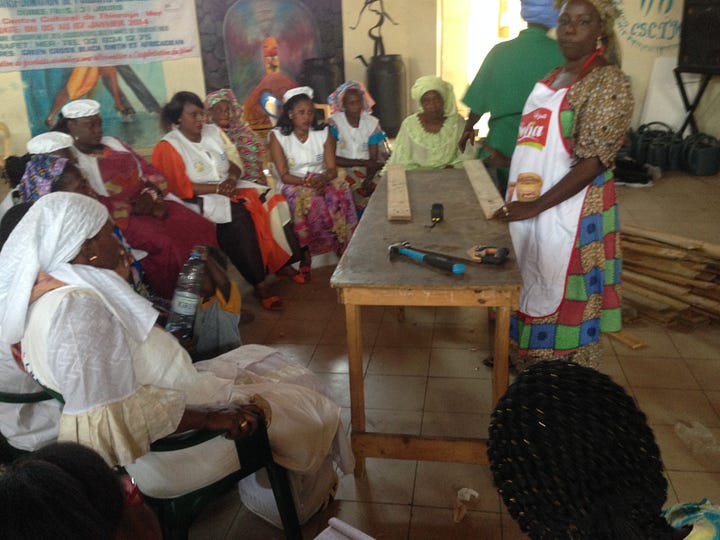
The women of Ngagne Diaw need an alternative.
In 2013, over 100 other women learned how to fortify grains and grow crops using hydroponics. The livelihood training workshops, organized by the Pure Earth, were geared at giving women like Seynabou the skills needed to make a living safely, without having to go back to recycling used lead-acid batteries. Pure Earth had been among the first to respond to the lead poisoning outbreak in Ngagne Diaw, Thiaroye-sur-Mer, cleaning up over 100 homes and removing and replacing the soil in the neighborhood.
The world’s poisoned poor need new skills, or new ways of doing their toxic jobs. Only then will the polluting and the poisoning stop.
Sadly, Seynabou passed away in January 2022, leaving behind her husband, children and grandchildren. She is remembered as a strong and vital mother, wife, and friend who valued the health of her community and her family above all else.
Pure Earth works to identify and clean up the world’s worst polluted places in the poorest communities throughout the developing world, where high concentrations of toxins have devastating health effects, especially on children.
Toxic pollution threatens the health of more than 200 million people worldwide. The number of people affected is comparable to HIV/AIDS, TB and malaria. Yet pollution is one of the most underreported and underfunded problems in the world. The majority of acutely toxic sites are caused by local business, many of them artisanal or small-scale.

